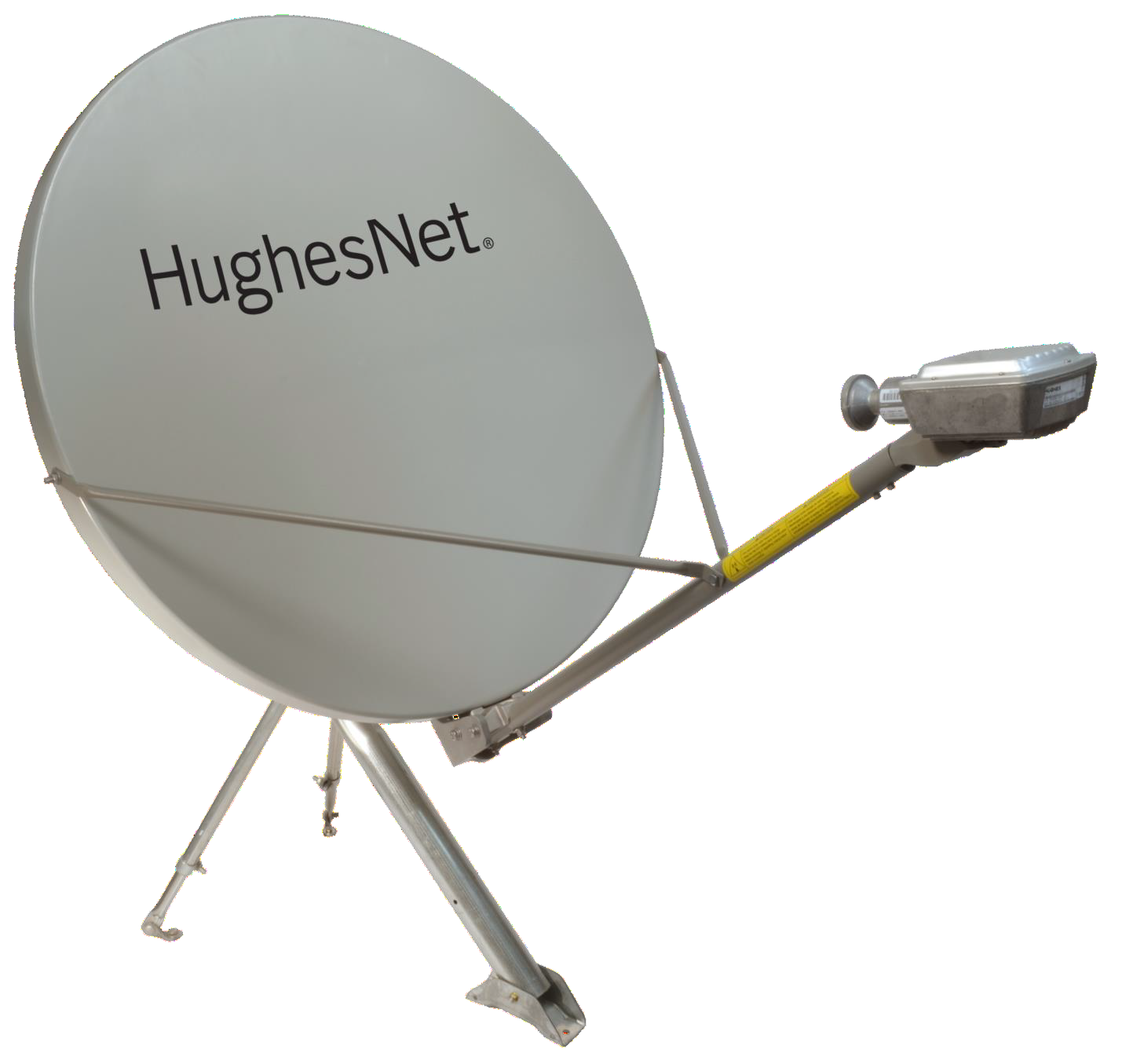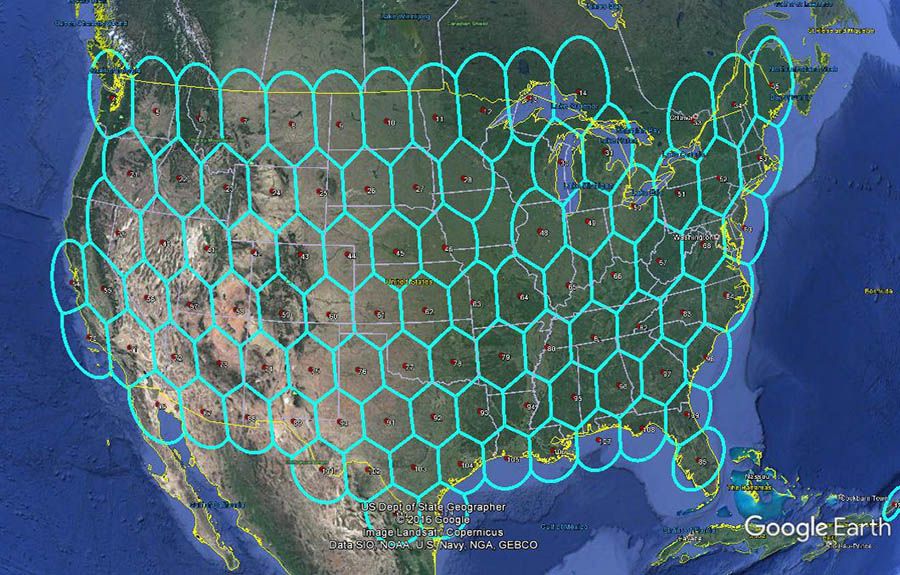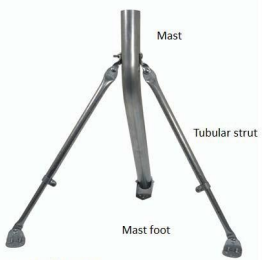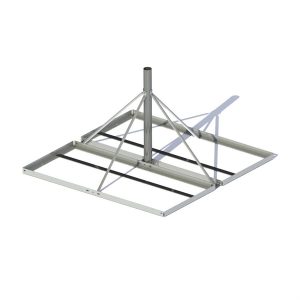Description
HughesNet HT2000W .98m 2watt Gen5 High Speed Satellite Internet System with Mount
Mobile Satellite Internet that works great anywhere
This is the newest HughesNet HT2000W .98m 2-watt Ka-Band Gen5 Jupiter High-Speed Satellite Internet System package that contains the modem (IDU), transmitter/LNB (ODU), .98m antenna, non-pen mount or trimast wall/roof mount. The perfect mobile internet for RV’s and Internet anywhere.
The HT2000W Satellite Modem includes a built-in dual band AC wireless router! This system is capable of offering speeds of up to 25mbps x 3mbps. High Speed Mobile internet anywhere.
This Mobile Internet is the perfect choice to get WiFi for your RV!
Contact us for more information!
Features:
- Provides speeds of up to 25mbps down x 3mbps
- This system is portable and self-installable when purchased from us and when service is provided from us!
- Suspend your service for up to 6 months per year at a cost of $20 per month!
- User friendly, simple to setup and maintain
- Built-in dual band wireless A/C saves space!
Contents:
- HT2000W Satellite Modem w/ Wireless Dual-band A/C router – Provides wired or wireless connectivity for your PC, Smartphones, tablets, etc,
- .98m dish – A fiber dish that measures 39″ x 39″
- 2-watt transmitter / LNB assembly
- 1 Flat Non-pen or Trimast Wall/Roof mount
Optional Accessories:
- Hughes DAPT2 Pointing Tool (Recommended for pointing and peaking!)
- RG6 Single Coaxial Cable (per foot)
- Flat Non-Pen Mount for mounting on flat surface
Coverage:
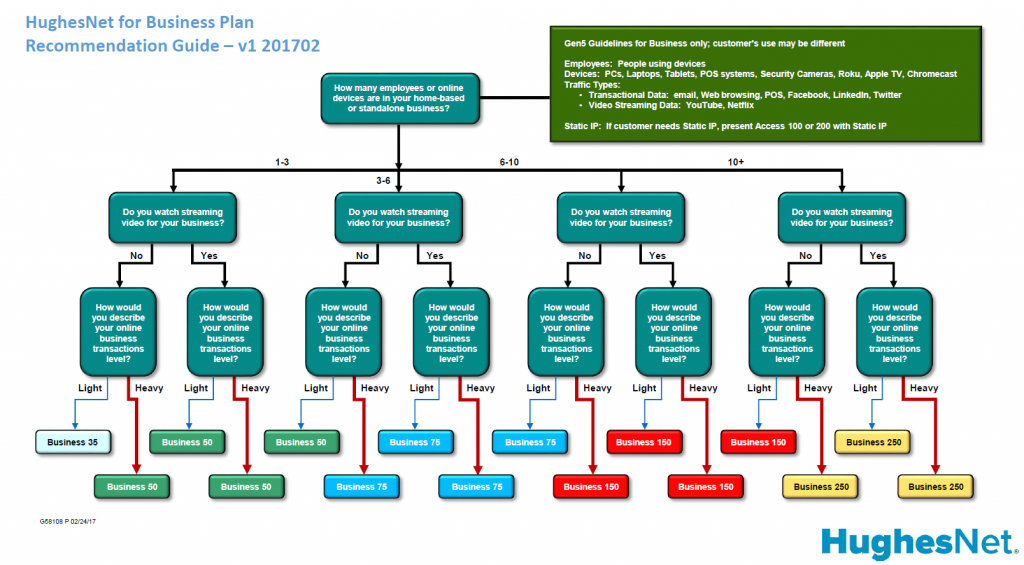
Manuals & User Guides:
- We have a new website for these systems, services and support here: https://txdish.com/gen5
Related Links:
- HughesNet Gen5 Jupiter Monthly Service Plans (Can ONLY be used with THIS equipment!)
- HughesNet Gen5 Jupiter Coverage Areas / Beam Maps
- HughesNet Gen5 Jupiter Support Library
- HughesNet Gen5 Account Request Form
- Houston Media Systems Forum
- Mobile Internet
Satellite Internet for Energy Exploration: Oil, Gas, and Mining
Enjoy fast, secure, reliable internet connectivity no matter where your business operations are
- Monitor and analyze data at 25 Mbps
- Usage allowances over 500 GB per month
- A month-to-month option allows you to eliminate a long term commitment
- Unlimited Data — No hard data limits so you can stay connected at reduced speeds until your next billing cycle
- Built-in Wi-Fi to connect your wireless business
- Take advantage of Restore Data Tokens when your business needs more data allowance
- A static IP option is available
- Support auto-deploy antennas
- Seamless beam relocation
Stated speeds not guaranteed. Actual upload speed will likely be lower than speed indicated during peak hours. Download speeds may be temporarily slowed in cases when system usage exceeds the Data Allowance for an extended period of time. See the HughesNet Fair Access Policy for more information at legal.HughesNet.com.
Trust the Industry Leader
You know you can rely on HughesNet Gen5 services because they come from Hughes, the world’s leading provider of satellite broadband solutions, serving over a quarter million business locations nationwide. Hughes invented satellite internet and has been delivering managed network solutions to Fortune 500 companies for almost two decades. From this enterprise experience, Hughes developed a robust suite of internet access plans specifically tailored to the energy sector. Today Hughes is redefining the network with commercial-grade broadband solutions that are easy to implement and can grow as the customer’s business grows.
Flexible and scalable hardware.
New JUPITER System Series 3 terminals, data centers and gateways combine leading edge electronic components and private cloud architecture, better integrating the new class of geostationary satellites with terrestrial networks to increase adaptability, boost throughput and reduce latency. These latest enhancements include:
- A new “system on a chip” inside every remote terminal, capable of delivering high-speed service at more than 400 Mbps down (made possible by a new 500 MHz waveform with higher decode rates)
- High density gateway architecture that utilizes a pool of modems and IP processing resources to support more than 50 Gbps per rack
- Thin gateway construction with equipment inside the pedestal makes it easy to install near cloud data centers and internet on-ramps for faster speed and lower latency services
- Centralized data centers – necessary to support Q-band and V-band gateways – that manage traffic acceleration and routing (vs. a distributed model where processing occurs in each individual gateway), helping reduce gateway cost
- Best cost/performance Very Small Aperture Terminals (VSATs) powered by the new system on a chip
- Private cloud-delivered network management gives operators anytime, anywhere insight and control over their satellite implementations
Smarter software for superior service.
Operators of the JUPITER System – both new and existing – enjoy a smarter approach to network orchestration and management thanks to regularly updated software. The latest enhancements enable:
- Software-defined satellite networking with powerful APIs and quick modem reconfiguration processes to best implement the new class of software-defined and flexible payloads
- Hughes ActiveTechnologies for quality of service, traffic flow control, intelligent path control, and application prioritization
- Dynamic inroute reconfiguration adjusting return channel carriers to deliver the highest possible efficiency for all applications
- Faster and centralized beam switching to improve the aero and maritime mobility user experience
- Intelligent software defined networking (SDN) for near instant gateway traffic switching across Q-band and V-band to ensure smooth service regardless of weather or traffic changes
- Dynamic traffic load balancing across gateways and across data centers
- System level VNO support for ability to define and manage VNO bandwidth at system level (in addition to beam and gateway levels)
- Series 3 hardware-ready so that operators can install and configure JUPITER System Series 3 components
(Certain features, such as support for flexible payloads and Q- and V-band feeder beams, may require new hardware.)
The best thing about satellite internet is that it is available virtually everywhere in the US. This is the main reason that it continues to be a popular option in rural areas, where wired internet options such as cable and DSL are less common. The biggest downside is, well, it’s slow, it’s expensive, it suffers from latency issues, and providers often expect you to sign a contract that lasts seemingly until the end of time.
If you live in a major city, you likely enjoy reliable high-speed internet that is delivered to your house through a wired connection. However, residents in small towns and rural areas have just as much need for a reliable connection. These days, internet access isn’t an optional extra. From job searches to staying in touch with family, from booking a holiday to learning new skills, to finding love to finding customers, the internet is essential for participation in the modern world.
This is where satellite internet comes in. For all its shortcomings, it can get you online no matter where you are.
Fortunately, satellite internet has improved exponentially since its debut more than twenty years ago. There are a number of pros and cons to consider (as these include a few technical terms, you can check out our glossary of relevant jargon at the bottom of this article).
The Pros and Cons of Satellite Internet
Pros
- Available nearly everywhere
- Broadband-level speeds possible
- Cost effective compared to mobile hotspots
- Often faster than promised
- Quick recovery post-disaster
Cons
- Expensive
- Prohibitive Data caps
- High latency
- Slower than cable and fiber
- Vulnerable to bad weather
- Won’t support a VPN
- Long minimum contracts
What Is Satellite Internet? Most internet reaches your house through a cable. Satellite internet means that the provider sends data into space, bouncing it off a satellite, which sends it down to a dish on your house. These satellites are in a geosynchronous orbit; that is, they stay above the same point on the planet, meaning once your internet is set up, you can depend on the satellite you use remaining in contact with your house.
Who Is Satellite Internet Ideal for?
While satellite internet is by far the best (and only) option in some locations, it may not be right for you. It’s time to go into why satellite internet can be the right — or wrong — option for your household.
Rural consumers: The best candidates for satellite internet are households in rural and remote areas. These places often have limited or no cable connections, meaning access to wired internet is poor. Mobile reception may also be patchy, eliminating the option to use a hotspot.
Consumers in regions prone to natural disasters: Earthquakes and hurricanes can sever cable connections, which takes time to fix. Meanwhile, as long as you have an intact satellite dish, you should be able to stay connected with satellite service.
Satellite Internet Isn’t For Everyone: If you live in a major city or town, and can find a good cable provider in your area, that option will likely be in your favor. Similarly, if you need to send and receive large amounts of data on a regular basis, satellite internet is probably not for you.
Satellite Internet’s Greatest Strength: Wide Availability
The strongest selling point for satellite internet is that it works everywhere. If you need a connection, and you almost certainly do, then satellite internet knocks the socks off dial-up and mobile hotspots. For all its faults, satellite internet meets you where you are.
Speeds have also improved greatly in recent years. Some providers already offer 25Mbps, with further large increases coming in the next couple of years. Indeed, the FCC reports that 90% of providers deliver up to 140% of the speeds they promise, even at peak hours. This means that you often get more than you paid for.
Finally, it is worth considering that even if you have the option of wired internet, while satellite internet may be a less reliable choice day to day, it can be more resilient and quicker to recover during natural disasters.
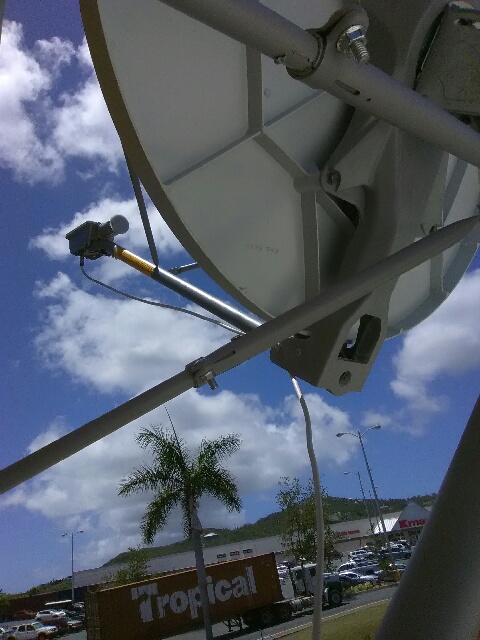

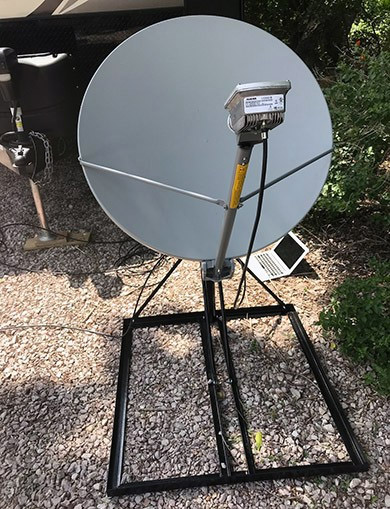
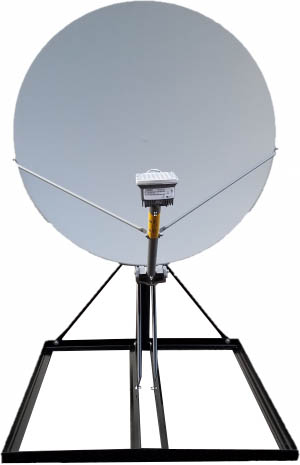
Where Did Satellite Internet Come From?
It all started in 1993 when the FCC first approved satellites for this purpose. At the time, most households weren’t online, so the slow download speeds offered by satellite internet were didn’t matter as much. By the late 1990’s, however, wired internet had leapfrogged over satellite internet in terms of access, speed, reliability, and bang for your buck.
The 1997 launch of the Iridium satellite network took place in hopes of rebalancing the equation, but they could only offer 0.01Mbps, and greatly overestimated the market for such a service. As everyone in major cities and towns began installing DSL lines and cable modems, satellite internet soon became the poor relation of the online world.
However, by 2007, Astra launched satellite internet offering 20Mbps, which was finally an acceptable speed. Still, it took another decade for the cost of the technology to fall sufficiently for a game-changer to arrive on the scene. That game-changer was Hughesnet, which launched a fifth-generation satellite network in 2018 that finally met the FCC’s standard for real broadband.
Satellite Internet Glossary
Latency
This is the delay in the delivery of data caused by the distance between the server and the satellite, and the satellite and your house. Also known as “ping”. The lower the latency, the speedier the connection tends to feel overall.
VPN
A virtual private network or VPN is a way of hiding your identity online. It obscures your computer’s IP (“internet protocol”) address, which is a unique number that tells servers, “This is Jane’s computer.”
ISP
This stands for internet service provider. It means the companies from which you can buy internet connections, such as Hughesnet or Verizon.
Mbps
This means megabits per second. A bit is a tiny piece of data, and a megabit is a million such pieces. If your internet is slower than 25Mbps, it’s probably going to be unable to cope with many modern streaming services.
Wi-Fi
This is short for wireless internet, and it’s not to be confused with satellite internet. Wi-fi is all about the way the data gets from the dish or cables in your house to your computer – that is, whether your computer is plugged in or connecting wirelessly. It’s not concerned with how the information reached your house in the first place.
VOIP
This means Voice Over Internet Protocol. It means a variety of technologies that provide the option of making phone calls over the internet. It can be cheaper than a traditional phone line, but of course, if your internet is cut off, it’s cut off. If you live in a remote area, solely depending on VOIP to stay in touch with the wider world is probably unwise.
DSL
A digital subscriber line or DSL is an umbrella term for a number of technologies that permit internet to be provided over the phone, by transmitting data alone existing phone lines. It’s generally slower than cable, though it is improving. However, while DSL uses the phone lines, it’s not the same thing as dial-up, a relatively primitive form of internet provision that not only uses the phone, it hogs the connection for itself, meaning you can’t use that line to make calls while you’re connected. DSL permits you to use the phone and the internet at the same time.
Advantages of satellite internet
So, why would you pick satellite internet? The biggest advantage of satellite is that it’s available to less populated, rural areas that don’t have access to fiber, cable, or DSL internet options. Satellite stands out as a unique, reliable service that caters to a demographic often overlooked by other internet companies in favor of profitability.
Wide availability
The widespread availability of satellite internet is its biggest advantage. In many rural areas, it’s the only internet service type that’s even available.
According to Statista’s internet usage data, only 65% of the world’s population has access to the internet. But in our modern age, having internet access is a basic necessity. So how do we get that remaining 35% of the world a connection? Building out cable infrastructure for every home in the world would cost billions of dollars. US Telecom estimates that laying fiber optic cable costs approximately $27,000 per mile.
This is where a huge advantage of satellite internet becomes obvious: Satellite internet connectivity is less expensive and a more reasonable solution than laying millions of miles of fiber optic cable, and it’s ideally suited for delivering internet access to rural and hard-to-reach areas.
Closing the digital divide
Satellite is starting to emerge as an extremely important technology for underserved communities that would otherwise lack access to education, jobs, and important communication services.
The growing availability of satellite internet also sets the stage for innovation in tech, like the advancement of education, healthcare, politics, and emergency communication outside of rural areas. In the future, we hope to see satellite advancements start to close the digital divide by providing access to services such as:
- Online learning for rural communities worldwide
- International telemedicine programs
- Communication during natural disasters
Satellite internet reliability
Okay, so we’ve settled how widely available satellite internet is, but how reliable is it? Well, in general, satellite internet service is just as reliable as cable or fiber internet, as all three options report at least a few outages a year. But satellite internet shows its reliability best in areas prone to natural disasters.
Because it doesn’t have to rely on ground-based infrastructure like cables and towers, which often get destroyed by earthquakes and hurricanes, satellite internet can become a lifeline and enable faster and more effective disaster relief efforts in areas prone to extreme weather events. According to the National Association of State Information Officers, Starlink’s satellite service connected 45,000 people to the internet when Hurricane Ian struck Florida in 2022.
Disadvantages of satellite internet
Now, let’s get into the not-so-great side of satellite internet. These issues vary by provider since new technology is solving many of the long-standing problems with satellite service, but there are a few generalities we need to cover. Overall, satellite internet consumers report frustrations with latency, pesky data caps, and slow speeds.
